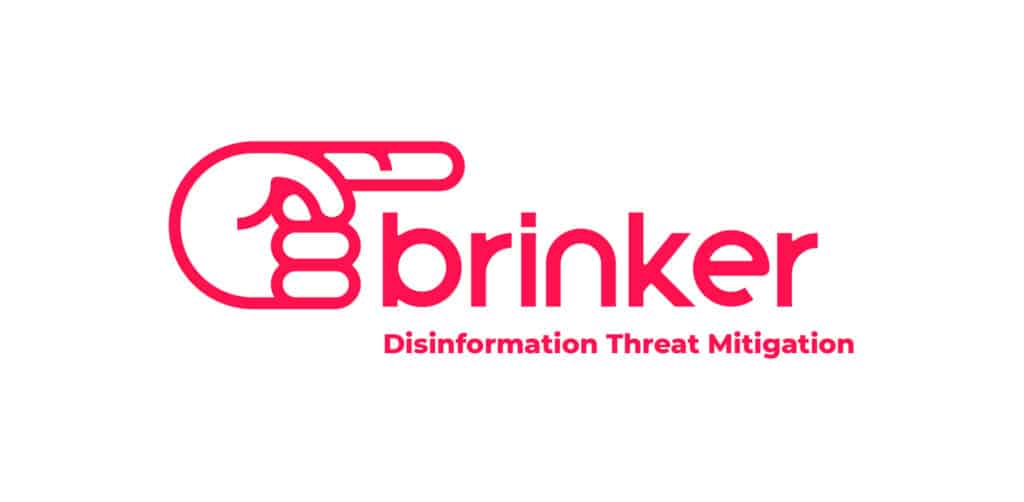Two Google employees earned the distinction of receiving some of the first monetary rewards (a.k.a. “bounties”) issued under the company’s newly minted bounty program. Fermín Serna, a researcher in Google’s Mountain View, California headquarters, told The Security Ledger that he received a bounty issued by Microsoft this week for information on an Internet Explorer information leak that could allow a malicious hacker to bypass Microsoft’s Address Space Layout Randomization (or ASLR) technology. His bounty followed the first ever (officially) paid to a researcher by Microsoft: a bounty that went to Serna’s colleague, Ivan Fratic, a Google engineer based in Zurich, Switzerland, for information about a vulnerability in Internet Explorer 11 Preview. Fratic (@ifsecure) acknowledged the honor in a July 11 post on his Twitter account. In an e-mail exchange with The Security Ledger, Serna declined to discuss the details of his discovery until Microsoft had a patch ready to release. But […]
Tag: hacking
Security Lapse Has Tumblr Asking IPhone, IPad Users To Update -Now!
Tumblr, the blogging and content sharing web site issued an urgent warning to those using its mobile application for Apple iPhones and iPads to update their Tumblr application – ASAP – after it was apparently found to be transmitting user names and passwords in the clear. In a blog post on Tuesday, Derek Gottfrid, the Vice President of Product at the New York City-based firm, said that the company had issued an update to the iOS version of Tumblr’s mobile application to fix an issue that allowed Tumblr passwords to be sniffed in transit on certain versions of the iOS Tumblr application for iPhone and iPad. Gottfrid did not explain the reason for the sudden update. However, a report by the UK publication The Register claims that the rush update came after Tumblr was made aware that the iOS versions of its application was not using SSL (Secure Socket Layer) […]
Updated: Exploit Code Released For Android Security Hole
A security researcher has published what he claims is a proof of concept program that exploits a security hole that affects hundreds of millions of Android mobile devices.* Pau Oliva Fora, a security researcher for the firm Via Forensics, published a small, proof of concept module that exploits the flaw in the way Android verifies the authenticity of signed mobile applications. The flaw was first disclosed last week by Jeff Forristal, the Chief Technology Officer at Bluebox Security, ahead of a presentation at the Black Hat Briefings in August. Oliva Fora posted his “quick and dirty” proof of concept on GitHub, a code sharing website, on Monday. The simple program leverages APKTool, a common, open source tool for reverse engineering Android applications – decompiling and then recompiling their contents. APKTool is widely used for analyzing and making modifications to closed binaries. His script allows a user to select an Android […]
NIST Cyber Security Draft Framework Puts Execs In Driver’s Seat
The U.S. government’s federal technology agency has published a draft version of a voluntary framework it hopes will guide the private sector in reducing the risk of cyber attacks on critical infrastructure. The National Institute of Standards and Technology (NIST) published a draft of its Preliminary Framework to Reduce Cyber Risks to Critical Infrastructure on Monday. The document provides a guide for critical infrastructure owners of different maturity levels to begin documenting and understanding their risk of cyber attack, and – eventually – to measure their performance in areas such as asset management, threat detection and incident response. The framework was called for by Executive Order 13636, signed by President Obama in February. In that order, NIST was charged with creating a framework for sharing cyber security threat information and information on successful approaches to reduce risks to critical infrastructure. The Framework is comprised of five major cybersecurity functions: Know […]
Homeland Security: Hack Attempts On Energy, Manufacturing Way Up in 2013
Attempted cyber attacks on critical infrastructure in the U.S., including energy and critical manufacturing jumped sharply in the first half of 2013, according to a just-released report from the Department of Homeland Security’s Industrial Control System Cyber Emergency Response Team (ICS-CERT). ICS-CERT said that cyber incidents across all critical infrastructure in the U.S. are on pace to double in 2013. The agency has responded to 200 such incidents so far in fiscal year 2013 (October of 2012 to May of 2013), compared to 198 incidents for all of fiscal year 2012. A majority of those incidents – 53% – were against organizations in the energy sector, ICS-CERT reported. The report is just the latest from DHS about threats to the energy sector. The agency warned energy firms after seeing a sharp jump in attacks during 2012, when attacks on energy firms accounted for around 40% of the malicious activity directed […]






